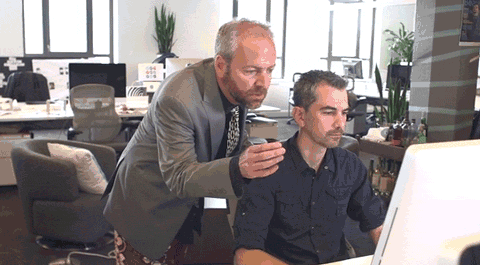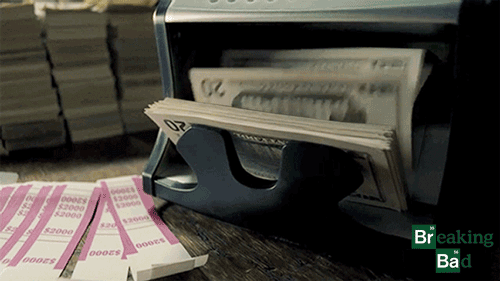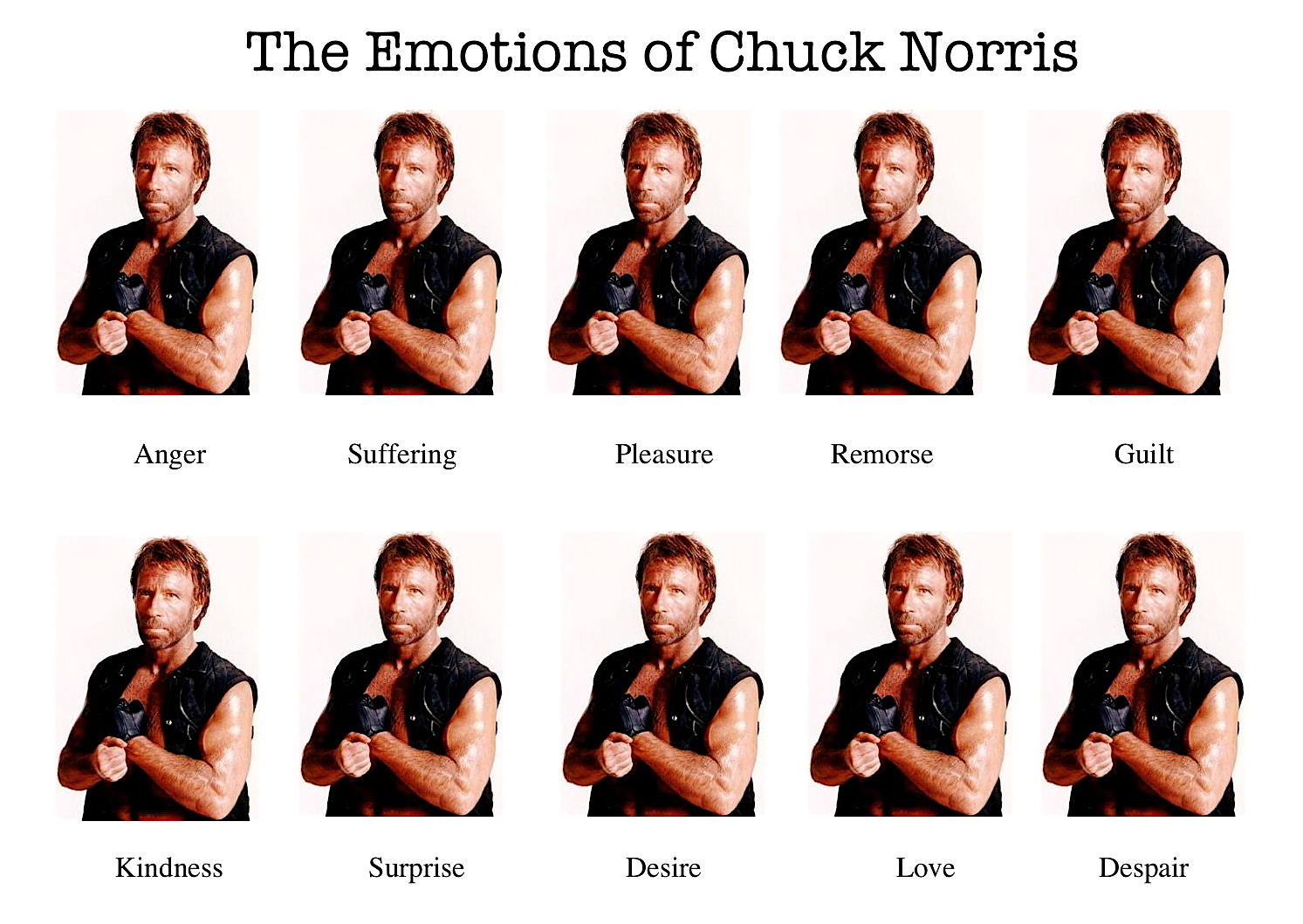What is the difference between a designer in a grocery company and a designer in an agency or studio?

It so happened that for 12 years I was painting sites, logos, icons, interfaces, etc. in my own design studio Turbomilk . And then he began working in grocery companies, for the last 3.5 years I have been working as a design director for Acronis . I found out that the work of an in-house designer in a company that makes its own product is very different from the work of a designer in a studio or an agency. I tried to describe the main differences and illustrate with my own experience. The article will be useful for designers "on both sides of the barricades" to expand their horizons and help in overcoming internal barriers.
1. No customer
From the point of view of the agency, design is a premium service. The main goal is to make the client happy. If the client does not enjoy the process, you will lose it. The objective result is not so important. Here I exaggerate, but the script is not rare. The agency has its own goals, for example, the desire to make a good case from the project in order to attract other clients in the future. Customers - kings and gods for agencies and studios - everything is done for their sake.

There are no customers in grocery companies. There is a “business” that wants to be profitable, there are product managers who describe requirements, there are users who want features. But they are not customers. Features can be discussed, and the requirements change. Thus, the job of a designer is to understand and solve the problems of “business” and users.
')
Sometimes in the grocery companies come across managers who, with the best of intentions, try to play the role of a customer. They ask, for example, “to draw a green button here”. It is easily treated. Ask the manager to go back from the solution area to the task area. Let him tell you what problem he wants to solve.
Personal experience
Long ago in the studio Turbomilk we offered a service on the design of interfaces. Invented, painted - customers liked. The portfolio appeared beautiful descriptions of works with fake screenshots. But the real interfaces were not similar to what we offered. They did not work well, were inconvenient for users. There were rare exceptions, but it was the merit of the team on the client side.
2. Impossible to pass the project

In each agency, the final stage of the project is delivery to the client. If the work is completed and the documents are signed, everyone exhales, rejoices and waits for money. Many designers even regard the fact of acceptance of design as an indicator of the quality of the work done.
In the case of a grocery company, it is impossible to hand over a design to someone. You can show your colleagues, you can test it, but the decision that “everything is ready” is taken by you. And then production, release, users, Eternity ... In fact, these decisions are difficult to make and sometimes you want someone to decide everything for you.
Personal experience
- Hello! Is this studio Turbomilk? You know, a year ago you drew us pictograms ...
- Something happened?
- Not. We like the icons very much. But there have been big changes in the company. We decided not to do the project. Let us return these icons to you, and you return the money to us?
3. You can make mistakes

Good design to do the first time is difficult. Understanding that the designer made a mistake may suddenly come when the site or application is already up and running. In the case of the agency: the work was handed over, the money received, the design in the portfolio, everything is cool. Often you won't even know about the error you made. And this is sad, because you do not get feedback and repeat the old mistake again and again.
You can make mistakes in the grocery company. Of course, very few people will be happy about this. But you will be understood and forgiven if you correct everything. After all, the system is characterized not by the fact of the error itself, but by the reaction to it.
Personal experience
I came to Acronis from the agency, where I learned very well how to “sell” my ideas and beautifully present the design. I knew different tricks for the client to believe me and accept the job. When I started working in a grocery company, I immediately “sold” quite a lot of ideas. Moreover, this was pleasant not only to me, but also to new colleagues - they felt confidence in me. There was no need to solve anything, you could just believe.
But it turned out that I was wrong in some of my ideas - they did not work. Fortunately, I quickly understood it and almost fixed everything. Since then, I have tried to “sell” less, and listen more and understand the details.
4. More money

Creating a studio does not entail almost any risks. Looking for customers, designers, a little money for the office and equipment. But also it will not be possible to earn much. Studios work in a very competitive environment - quality, speed, technology, price. Ideally, you need to make a good design, quickly and not expensively. The cheaper the better. Otherwise, the order will receive competitors.
A grocery company is difficult to create, especially profitable. Success stories are very different, there is no single recipe. But if it worked out, then as a rule, the income per employee is much higher. You can attract more expensive professionals and do cool things.
Personal experience
It is always difficult for me to come up with a price for my work. It is necessary to say in advance - how much will the logo or interface layout cost. You can negotiate an hourly fee. But the client is also not clear - how many hours will the work take?
We in Turbomilka came up with an interesting system. Our services (icons, graphics for the interface), as a rule, were necessary in the “middle” of the development process. Therefore, it was important to understand in advance - how much money and how much time. We came up with a simple, but cool solution: for several years, we recorded time and money according to tasks. Then, on the basis of these data, they made fixed prices for our services, openly published these prices on the site. Thus, customers did not even need to contact us to understand how much it would cost, for example, a set of 30 icons of size 32x32.
5. No need to do different designs
The main "trick" of studios and agencies is unique design solutions. The site or mobile application will be made exclusively for the client, anywhere in the World there will be nothing of the kind. If you're lucky. Designers have to come up with different solutions for similar tasks. Often, a new design is no better than an old one — it's just a little different.
In grocery companies, other principles — all products and related communication design should be similar. We need a single UX: the user saw the ad, went to the site, installed the product - everywhere there must be the same design, the same patterns, and so on. The task of the product designer: not to invent a new design, if you already have good working solutions.

Personal experience
Acronis has a relatively small team of designers, only 15 people. It was not difficult for us to agree on common principles of work. I can not say that the problem of consistency is solved completely, but we are close to this.
But there was another problem! Sometimes (now less and less often) in our products there are not the most successful design solutions: some old failed hypotheses, made in a hurry crutches, not actual patterns. Designers, guided by good intentions not to create new entities unnecessarily, take these decisions and use them again. It turns out that the pursuit of uniformity is not only useful, but sometimes harmful.
6. Need to “throw away” most of the design.

The classic reason for the dispute designers - how many options to show the client? If you make a lot of options, then a lot of time is wasted. Some agencies in advance include several options in the contract, others try to sell non-accepted options to other clients, and still others essentially make only one design option. But in any case, the design studio should work optimally, which means the waste should be minimal.
In grocery companies, other principles. Design is a very cheap stage when compared to programming, testing, marketing, and so on. Therefore, the more errors that can be avoided at the design stage, the better. Designers should try different approaches, make prototypes, test, improve again and again. A strange situation arises: the more the design “thrown away”, the better the designers did their job.
Personal experience
In an agency, every layout is money. Often the work is estimated not by the hour, but by the number of design artifacts. For example, each page layout is worth the money. In the grocery company it was quite difficult for me to restructure. After all, the models themselves have no value. This is a way to communicate with managers and developers. If there was some other effective way for the designer to convey his thoughts (for example, telepathy), then the layouts would not be needed.
Source: https://habr.com/ru/post/321332/
All Articles